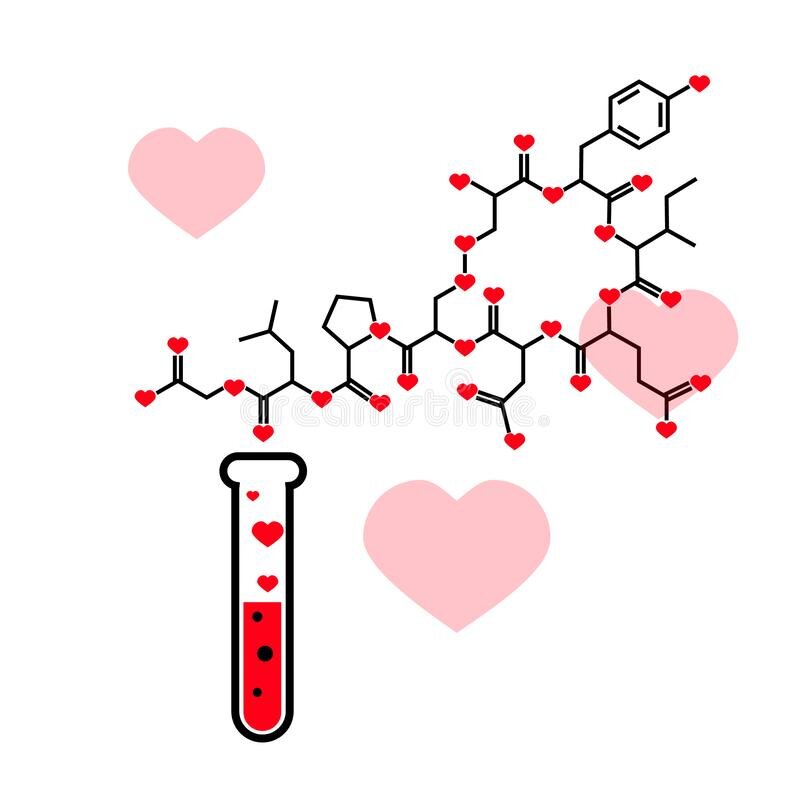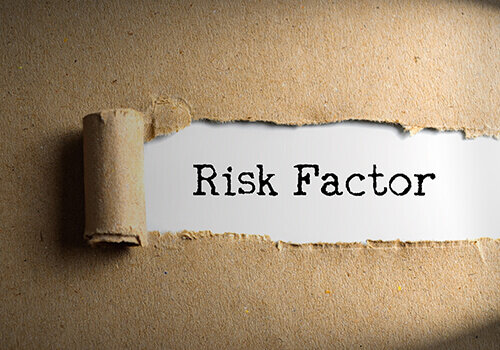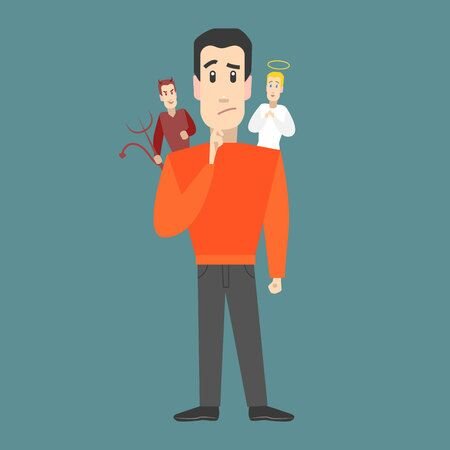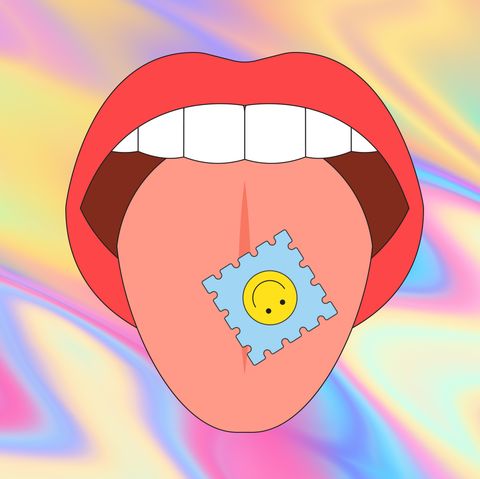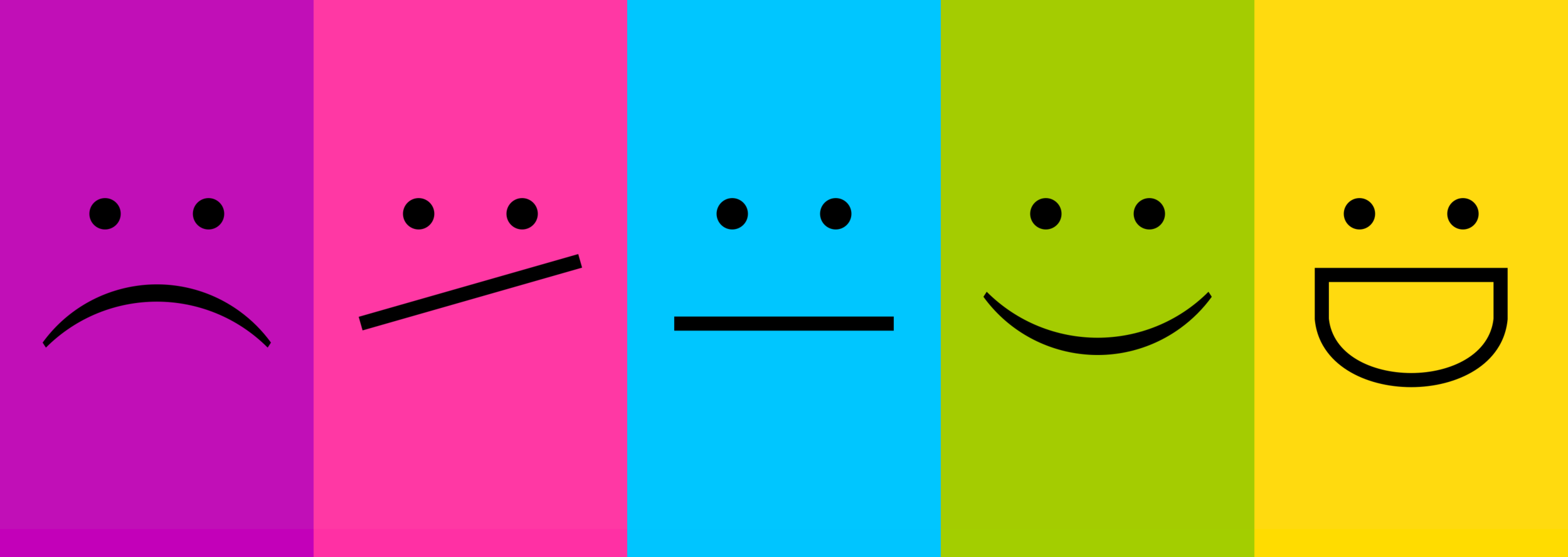This article was written by Victoria A. Cruz, an undergraduate at Florida International University, and Frank Rivero, an undergraduate at the University of Chicago, based on de Wit, H., Molla, H.M., Bershad, A., Bremmer, M., Lee, R. (2022) "Repeated low doses of LSD in healthy adults: A placebo-controlled, dose-response study." Addiction Biology, 27(2): e13143.
In recent years, the practice of “microdosing” LSD—taking minute quantities to enhance mood and cognition—has seen a sharp rise in public interest. Typically, individuals take a dose every few days, with the goal of sustaining perceived benefits in mood and cognition. While anecdotal accounts suggest that regularly microdosing can boost mental abilities, alleviate anxiety, and improve mood, controlled research has lagged behind these claims. A study from 2022 conducted in the Human Behavioral Pharmacology Lab at the University of Chicago challenges popular opinion, offering fresh insight into the true effects of repeated low-dose LSD on mood and cognitive function in healthy adults.
The double-blind, placebo-controlled study enrolled 56 participants aged 18 to 35, who were randomly assigned to receive either a placebo, or a microdose of either 13 micrograms or 26 micrograms of LSD. Across four sessions spaced three to four days apart, participants took their assigned dose and completed assessments on mood and cognition. After the final session, a drug-free follow-up allowed researchers to observe any lasting changes.
The study found that the 26-microgram dose of LSD produced mild, stimulant-like effects, such as increased energy and focus, though these effects diminished with repeated doses, likely due to tolerance. Notably, the study did not find evidence that low doses enhanced mood or cognitive performance, raising questions about whether microdosing can deliver the benefits it’s often credited with.
Additionally, the higher dose of LSD led to slight changes in emotional response, reducing feelings of social rejection in a simulated exclusion test and decreasing the tendency to interpret faces as fearful. However, follow-up studies indicated these effects were brief, and did not persist after the session ended.
Interestingly, most participants could not accurately discern whether they had taken LSD or a placebo, suggesting that microdoses may be too low to produce noticeable effects for most people.
So, if controlled studies reveal only modest effects, why do many microdosing proponents report significant benefits to microdosing? The study suggests that the power of expectation and the placebo effect may play a substantial role. Given widespread media coverage and social reinforcement surrounding the topic of microdosing, people may be more likely to attribute any positive changes to the drug itself rather than other factors, such improved mindfulness or lifestyle adjustments.
These findings underscore the need for further research, particularly involving individuals with psychiatric conditions like depression and anxiety, where the effects of low-dose LSD may differ. Higher dosages, extended treatment duration, or combination with psychotherapeutic intervention could revel therapeutic benefits yet to be fully understood.
The Human Behavioral Pharmacology Lab remains dedicated to exploring these avenues as public interest and scientific research into psychedelics grows. While this study highlights limited effects of repeated microdosing in healthy adults, fully understanding the potential of psychedelics will require rigorously controlled studies that can distinguish between placebo effects and genuine pharmacological impacts.













